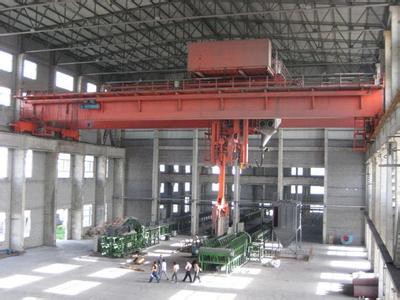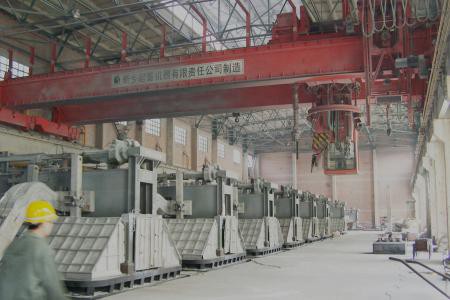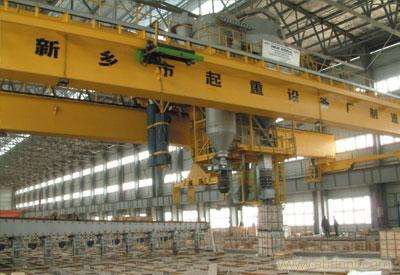The bridge stacker is mainly suitable for warehouses with a medium span of less than 12 meters. The width of the roadway is large, which is suitable for the handling and stacking of heavy and bulky materials.
The rated lifting capacity is the sum of the weight of the largest material and the weight of the retrieval device, which can be allowed by the safety operation under the normal operating conditions of the bridge type stacking crane, in kilograms or tons. When selecting a bridge stacker, the rated capacity must be taken into consideration because the rated lifting weight is too small to meet the requirements of loading and unloading operations. If the stacking crane is too large, it will result in a waste of infrastructure investment.
The maximum lifting height refers to the vertical distance from the upper surface of the fork horizontal section to the ground when the goods are lifted to the highest position under the rated lifting weight, and the unit is meters. The height of the warehouse determines the maximum lifting height of the selected bridge stacker.
The working speed of the bridge stacker mainly refers to the lifting speed, the rotation speed, the running speed of the trolley and the running speed of the whole vehicle, in meters/second or meters/minute. Lifting speed refers to the speed at which the device or item is ascended (or descended), and is divided into fast, slow, and fast speeds. The speed of rotation refers to the speed at which the gyrocar rotates. The heavier the forked goods, the slower the speed of rotation. The running speed of the trolley refers to the speed at which the trolley slides on the bridge. The vehicle running speed refers to the operating speed of the bridge on the track.
The lower deflection of the stacker fork is the distance from the foremost end of the fork when the fork is raised to the maximum height under the rated lifting weight. This parameter is very important, it reflects the ability of the fork to resist deformation. Too much deflection means that the fork material is too soft and can easily slip out of the fork when picking the goods.
1. Capacity: The forklift type overhead traveling stacking crane is avlable in a range of capacities, from light-duty models that can lift a few hundred pounds to heavy-duty models that can lift several tons.
2. Lifting Height: The crane can be designed to lift loads to a variety of heights, depending on the specific needs of the application. This makes it ideal for use in facilities with limited vertical space.
3. Control System: The crane is equipped with a user-friendly control system that allows the operator to easily maneuver the crane and stack loads with precision.
4. Safety Features: The forklift type overhead traveling stacking crane is designed with safety in mind. It features a range of safety features, including overload protection, emergency stop buttons, and safety interlocks.
5. Forklift Compatibility: The crane is designed to work in conjunction with a forklift, allowing for easy loading and unloading of materials. This makes it a versatile and efficient material handling solution.
6. Customization Options: The crane can be customized to meet the specific needs of the application. This includes options such as variable speed controls, remote operation, and specialized lifting attachments.
















